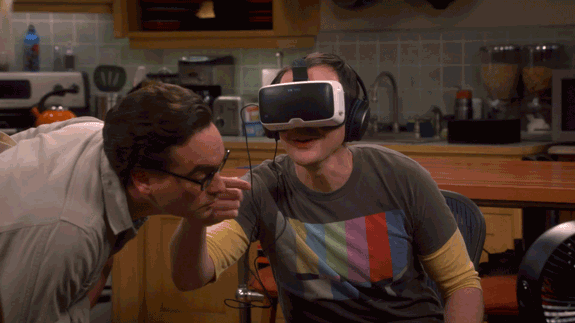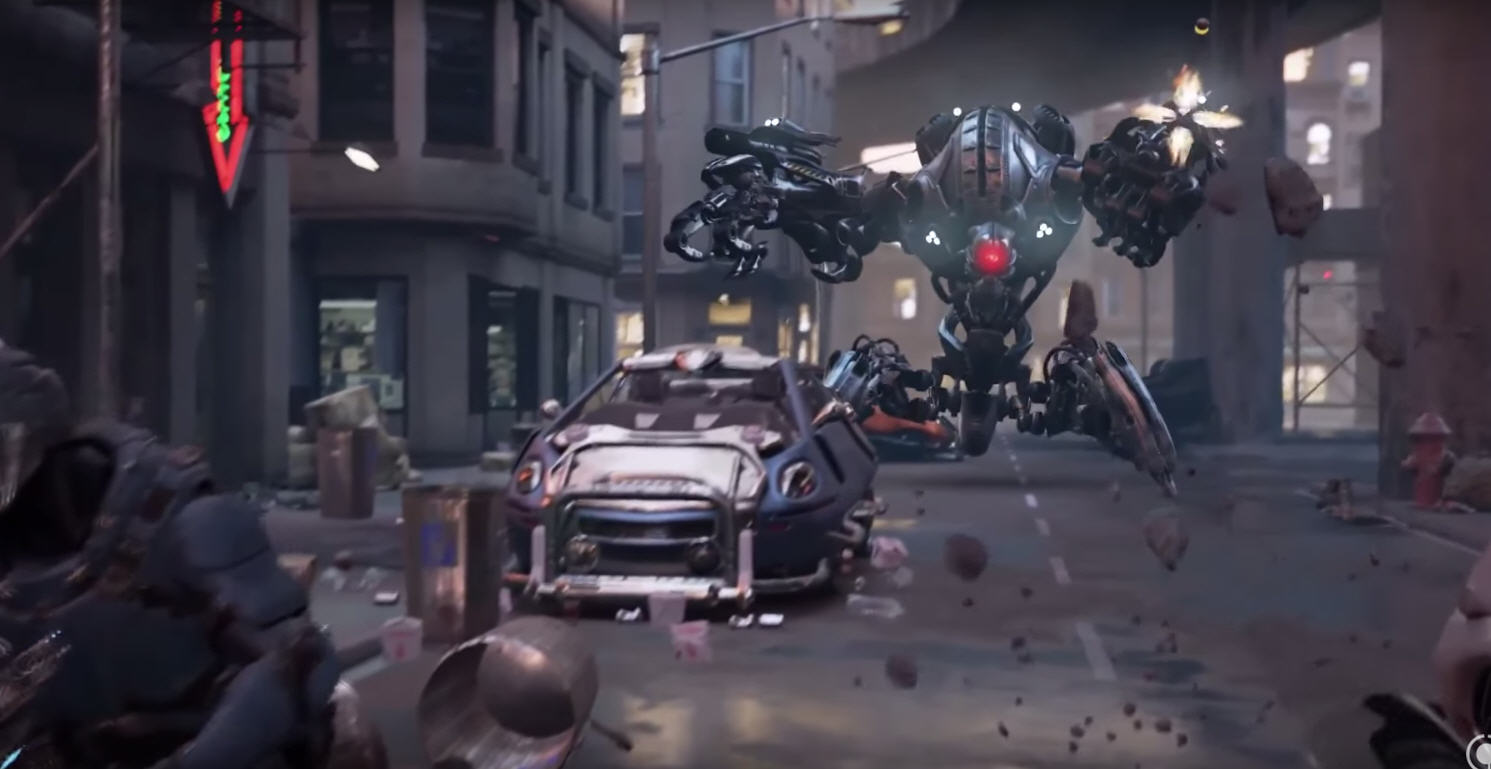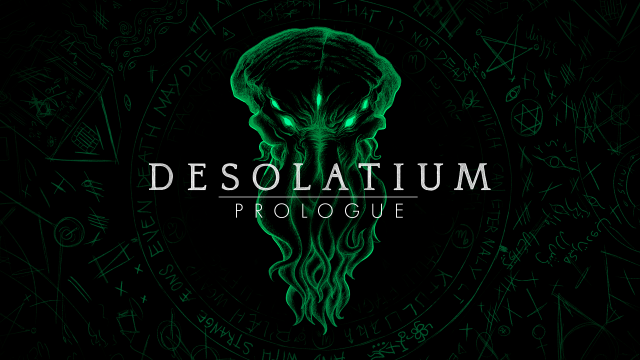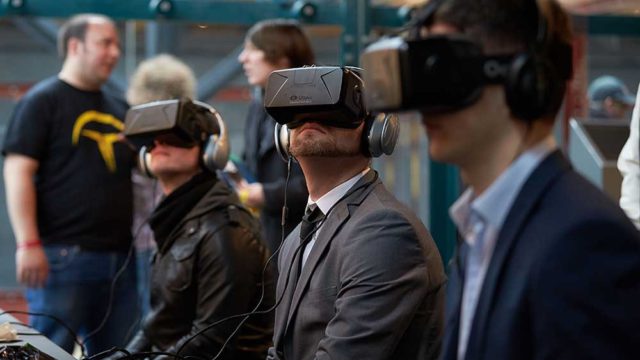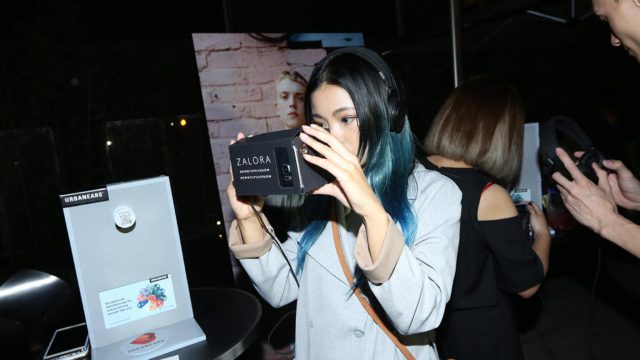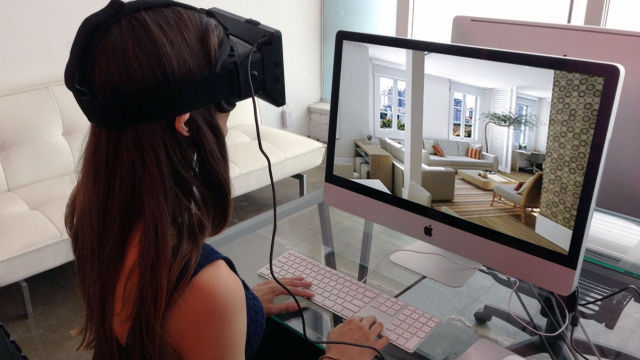Virtual Reality, Augmented Reality, And Mixed Reality? Learn How To Tell Them Apart!
From ancient times the advances in technology have brought many improvements in people’s lives and new concepts that we’ve been adding to our daily lives until they become the norm in all the world. Virtual reality is not an exception to this, and it’s bringing new standards that are slowly becoming more popular.
This week at Superlumen we want to clear up a few concepts and acronyms so we can use them properly; it’s worth to note that there’s confusion and controversy when defining these new terms, and we seem to be far from coming to an agreement. Let’s see.
WHAT’S VIRTUAL REALITY (VR)?
We don’t have a universal definition for virtual reality, but we can say it’s a simulation of reality using multimedia elements that give the user the feeling of being immersed in the experience. This simulation may replicate a real or imaginary world. Another of its defining features is that it needs a device (a VR headset) to let you visualize that simulation (this is not accepted by everyone, because 360 videos are also considered VR although they don’t require special devices to watch them).
The VR term is a concept that involves any kind of immersive experience that may be created based on real, synthetic or hybrid elements, but with its evolution more specific concepts are coming out.
ARE 360 VIDEOS A FORM OF VIRTUAL REALITY?
As we’ve mentioned in other posts, 360 videos are videos where a view in every direction is recorded at the same time, and the users get as a result a video that can be rotated, as if they were looking around in real life.
There’s controversy because some people believe 360 video is a version of VR while others deny it. What we can be sure of is that 360 video also offers an immersive experience, and some people state that 360 video is virtual reality, with the distinguishing feature that it’s completely made based on real world content.
However, we talked in our last post about some artistic elements that are starting to be included in 360 videos, so this distinguishing feature is relative, because in some cases it the content may be a hybrid.
WHAT’S CG VR (COMPUTER GENERATED VIRTUAL REALITY)?
This kind of virtual reality is generated in its entirety by a computer and it also involves an immersive experience. This is a very broad concept that can include simulations where the user can interact, such as a video game, and other simulations where the user can’t interact, like in 360 video.
There’s also another type of virtual reality, still without a definite name, that is a hybrid between 360 video and CG content, that generates an immersive experience using both kinds of content. This kind of virtual reality has a huge potential, because the only limits are the technology and imagination.
THE AR/MR DEBATE
If the debate for the concept of virtual reality was not enough, there’s another for the AR (augmented reality) and MR (mixed reality) concepts. These two concepts were used loosely at the beginning, but with time their definitions are a bit clearer. We want to shed some light in this debate and point out the difference between the concepts.
AR or augmented reality is a vision of the real physical environment whose elements are combined with the input generated by a computer or virtual elements, such as sounds, video or GPS data. It adds elements that aren’t real to reality, augmenting it (that’s where the name comes from).
The most widespread example of this is the game Pokemon Go, that has delivered this technology to thousands of users.
On the other hand MR or mixed reality is a mix between virtual worlds and the real world to generate new surroundings and real time views in which real objects and people interact with virtual elements.
So as you can see, mixed reality is not just the addition of virtual elements to the real world like in augmented reality; it generates new surroundings where the physical objects around the user can also interact with the virtual environment. The main difference is that in mixed reality real and virtual elements interact with each other in real time.
As we can see it’s not always easy to draw a line to define these fairly new concepts, because we’re talking about technologies that are in a process of evolution. What we can say for sure is that thinking about the possibilities virtual reality will offer in the near future is really exciting, when we think about virtual elements interacting with reality. Can we even imagine what we can achieve with this technology? What do you think?


